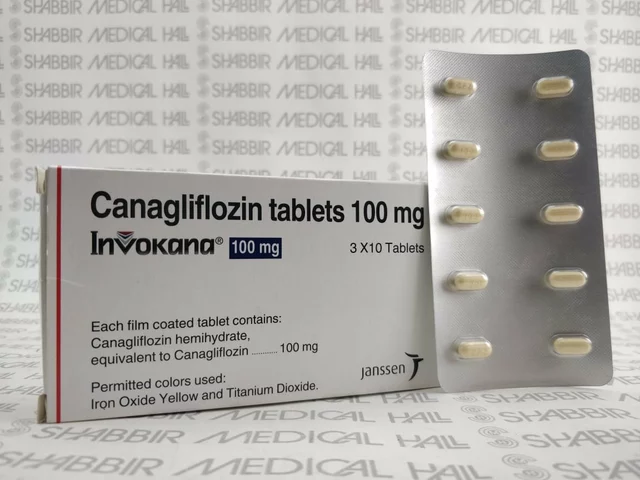Menstrual cramps: what they are and how to ease them
Period pain (menstrual cramps) is a real nuisance. You feel a dull or sharp ache in your lower belly that can spread to your back and thighs. For many people cramps are a few hours of annoyance. For others they can stop daily life. Knowing what helps — and when to see a doctor — makes a big difference.
Why cramps happen
Cramps come from the uterus contracting to shed its lining. These contractions are driven by hormone-like chemicals called prostaglandins. Higher prostaglandin levels usually mean stronger pain. Often cramps start a day before your period and peak in the first 48 hours. If pain began later in life or gets worse over time, an underlying issue like endometriosis, fibroids, or an infection could be the cause.
Fast relief you can try now
Want quick help? Try these practical options that many people find effective:
- Over-the-counter NSAIDs: Ibuprofen (200–400 mg every 4–6 hours, max 1200 mg/day OTC) or naproxen (220 mg every 8–12 hours, max ~660 mg/day OTC) reduce prostaglandins and cut pain. Start at the first sign of cramps for best effect. Follow package directions and check with your doctor if you have stomach, kidney, or bleeding issues.
- Heat: A heating pad or hot water bottle on the lower belly works fast. Even a warm bath helps relax muscles and ease pain.
- Movement: Gentle exercise like walking or stretching releases natural pain-relief chemicals and can reduce cramping. Yoga poses that stretch the hips and lower back often feel good.
- Hydration and small changes: Drink water, cut back on caffeine and salty foods around your period, and try a magnesium supplement if you tolerate it — some people notice less tension and cramping.
- TENS and massage: A TENS unit or a simple belly massage can reduce pain for many people. Massage in circular motions toward the pelvis.
When cramps need medical help
If your cramps stop you from working, sleeping, or doing normal activities despite treatment, see a clinician. Also get checked if your periods suddenly become heavier, your pain worsens over months, you have fever, unusual bleeding between periods, or pain during sex. These signs can point to conditions like endometriosis, fibroids, pelvic inflammatory disease, or other issues that need testing and different treatment.
Treatment options beyond OTC methods include hormonal birth control (which often reduces cramps by thinning the lining), prescription pain meds, or specific procedures if a clear cause is found. Your doctor can suggest tests like pelvic ultrasound or refer you to a specialist.
Simple self-care and early treatment usually handle most period pain. But if it’s getting in the way of life, don’t tough it out—get checked and find a plan that actually works for you.

Understanding Menstrual Cramps and Age: What Changes to Expect
Menstrual cramps are a common experience for many women, but their intensity and pattern can change over time. Various factors like hormonal shifts, lifestyle changes, and medical conditions influence these changes. This article explores how menstrual pain evolves as women age and offers insights into managing discomfort effectively. Stay informed to better navigate the different phases of menstrual health.
Categories
- Medications (50)
- Health and Medicine (47)
- Health and Wellness (34)
- Online Pharmacy Guides (15)
- Nutrition and Supplements (7)
- Parenting and Family (3)
- Environment and Conservation (2)
- healthcare (2)
- prescription savings (1)



